Quick and Easy Applique Using Fusible Interfacing
by BanasLabs in Craft > Sewing
10143 Views, 4 Favorites, 0 Comments
Quick and Easy Applique Using Fusible Interfacing
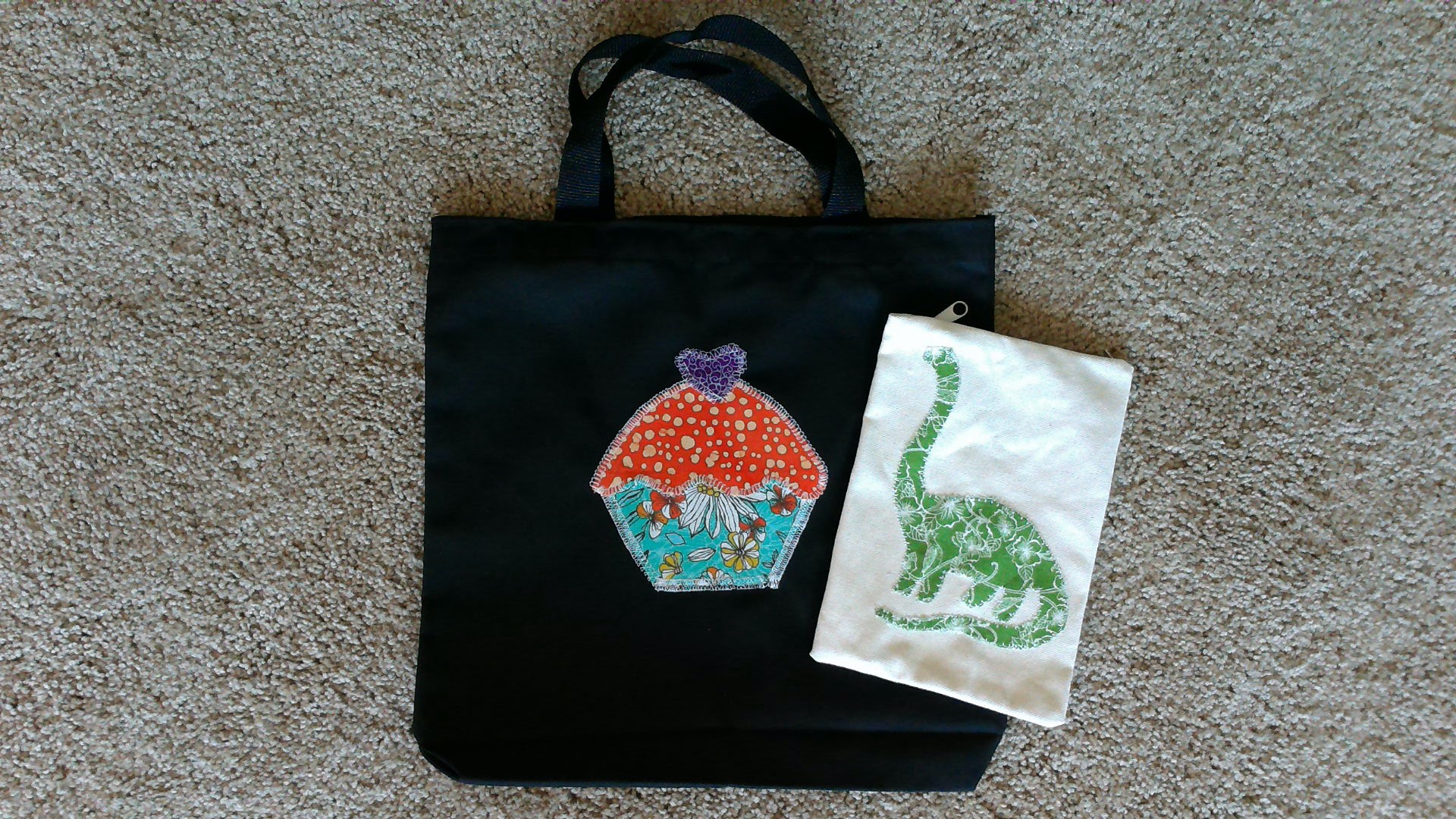
Hello everyone!
This Instructable aims to teach you how to do raw edge applique using two sided fusible interfacing. I've found this method to be great for crafts and costumes! I was working on a few demonstration pieces at the same time, and they demo different things, so you'll be seeing pictures from a makeup bag with a dinosaur, a tote bag with a cupcake, and a t-shirt with some fake Greek letters.
Let's get started!
Materials
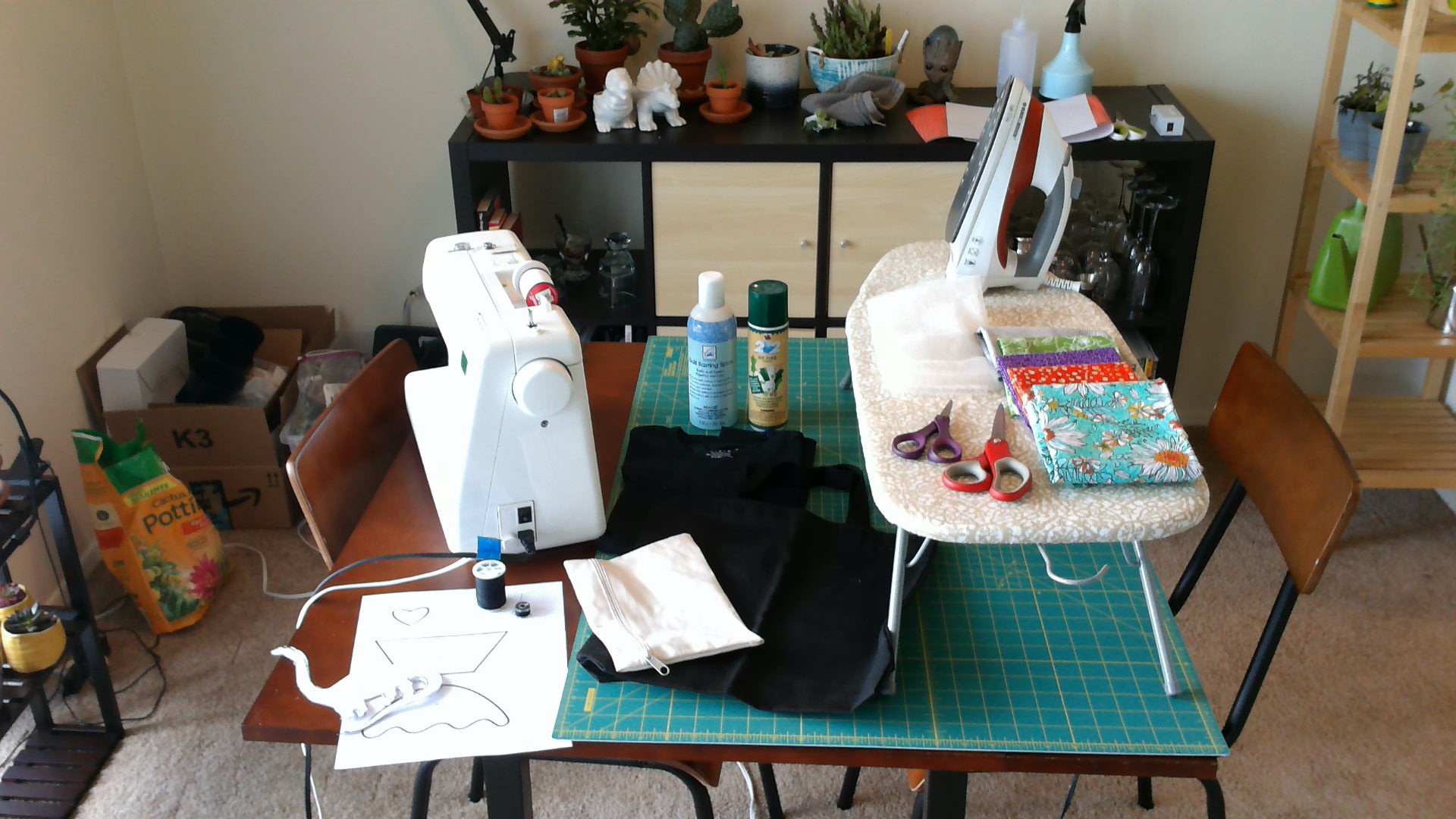
First get your supplies together.
You will need:
- Fabric to use as your applique.
- Something to applique upon (t-shirt, tote bag, makeup bag)
- Two sided fusible interfacing. (I used Fairfield "Stick" Fusible Web)
- Applique patterns
- The dinosaur I used is from freeapplique.com
- The cupcake is from craftygemini.com
- Iron / Ironing board
- Quilt Basting Spray
- "No Pin" Adhesive Spray
- Sewing machine and thread
- Paper Scissors and Fabric Scissors
Note: If you're using this tutorial to do actual Greek Letter shirts, I do not recommend something as light as fusible web. You're going to want a much stiffer fusible interfacing.
A Note About Templates
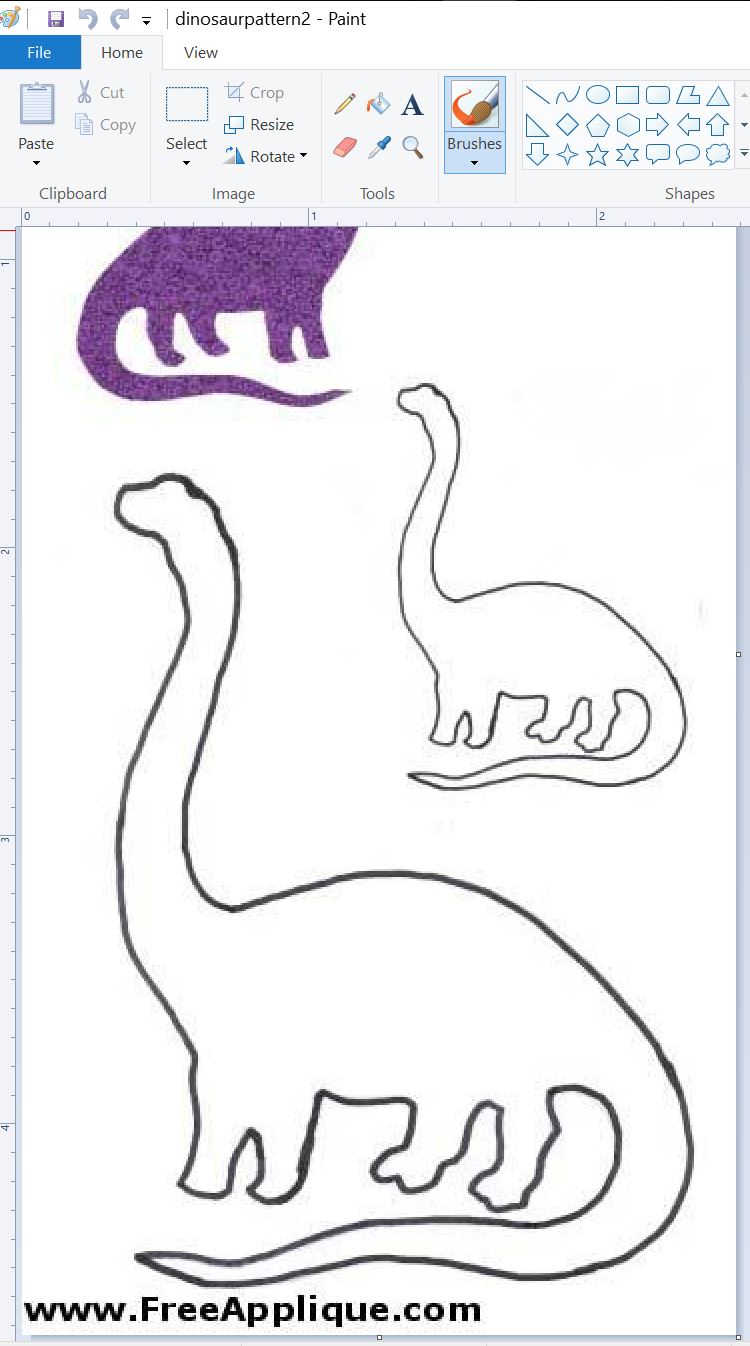
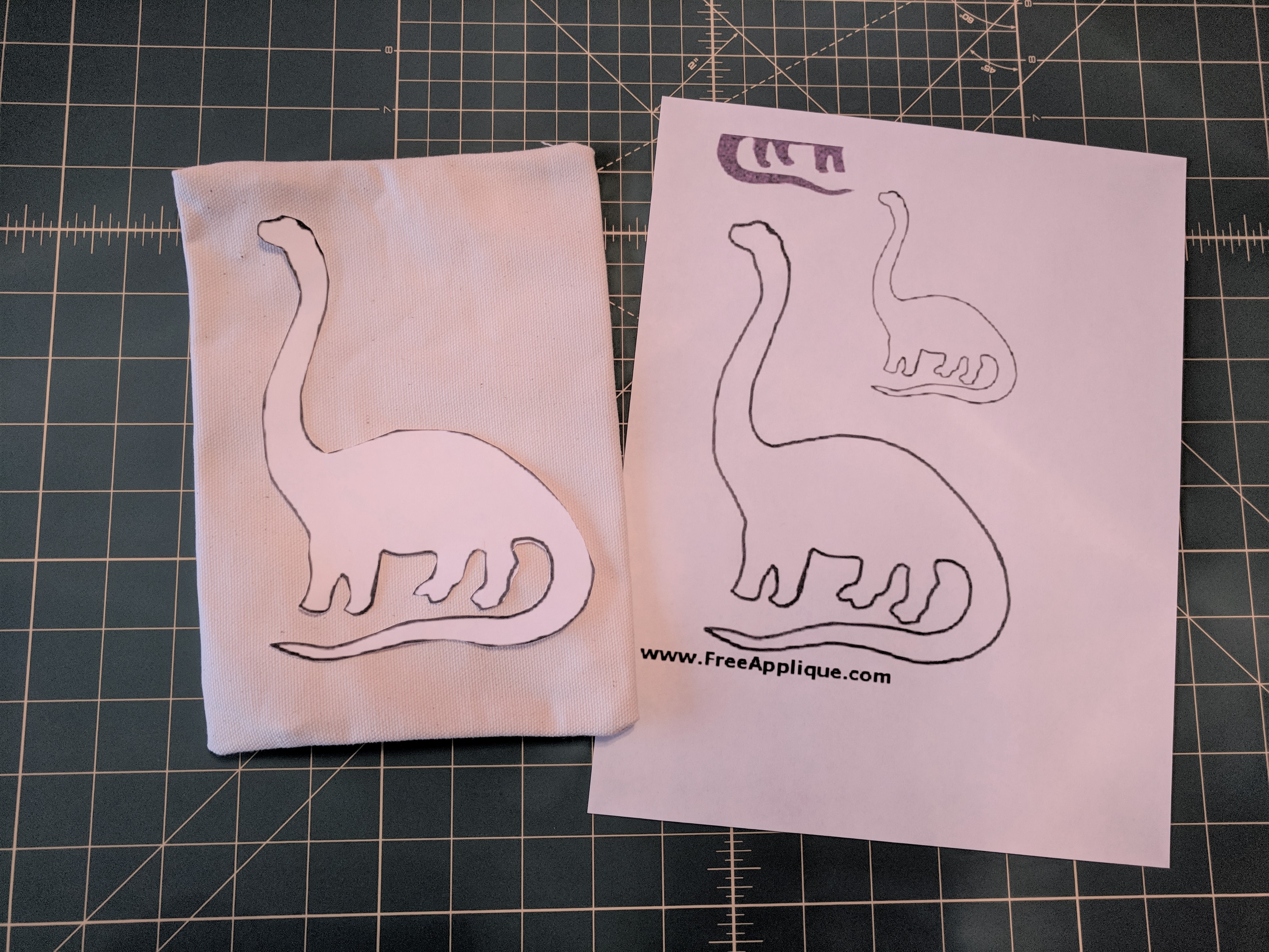
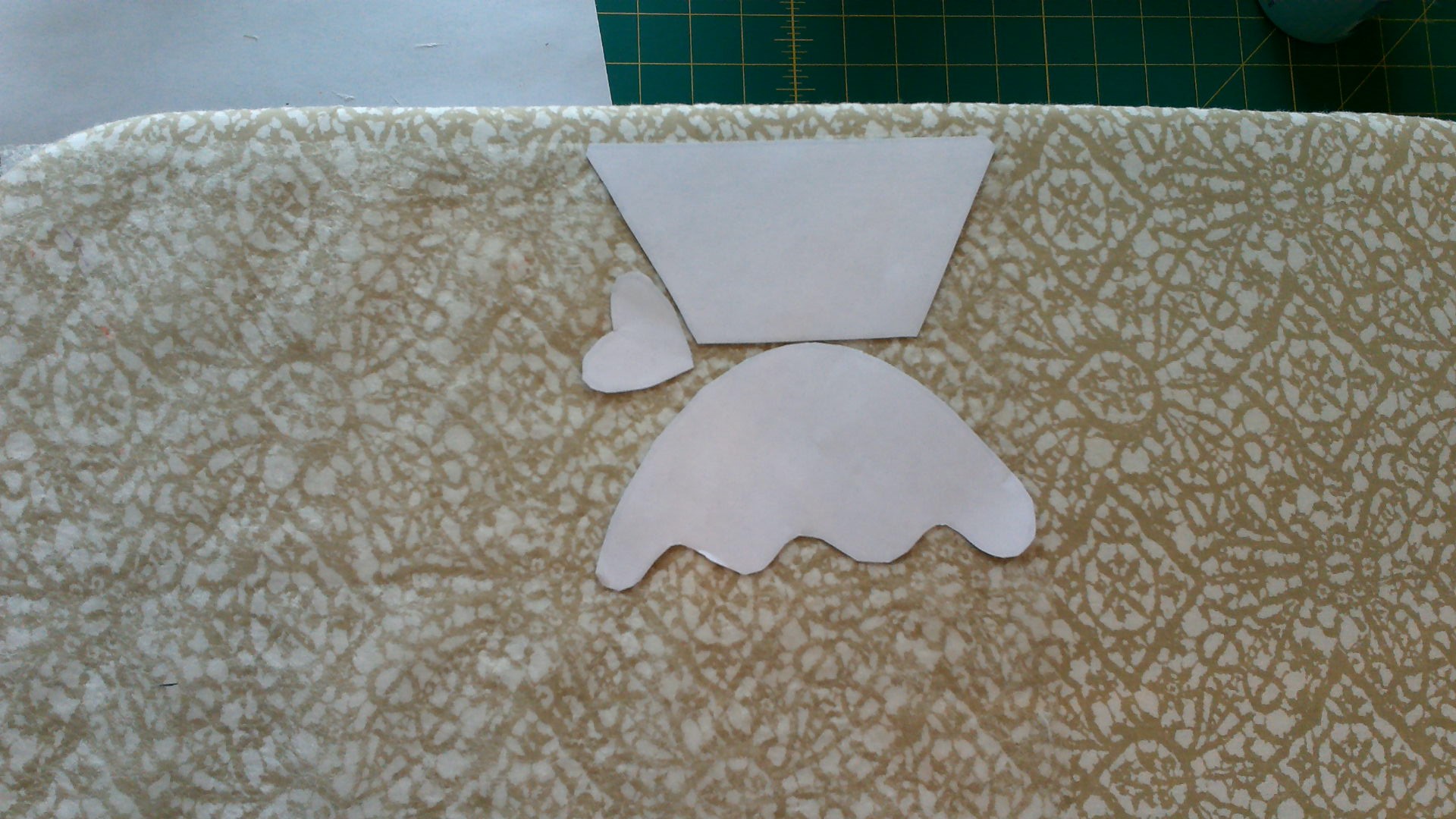
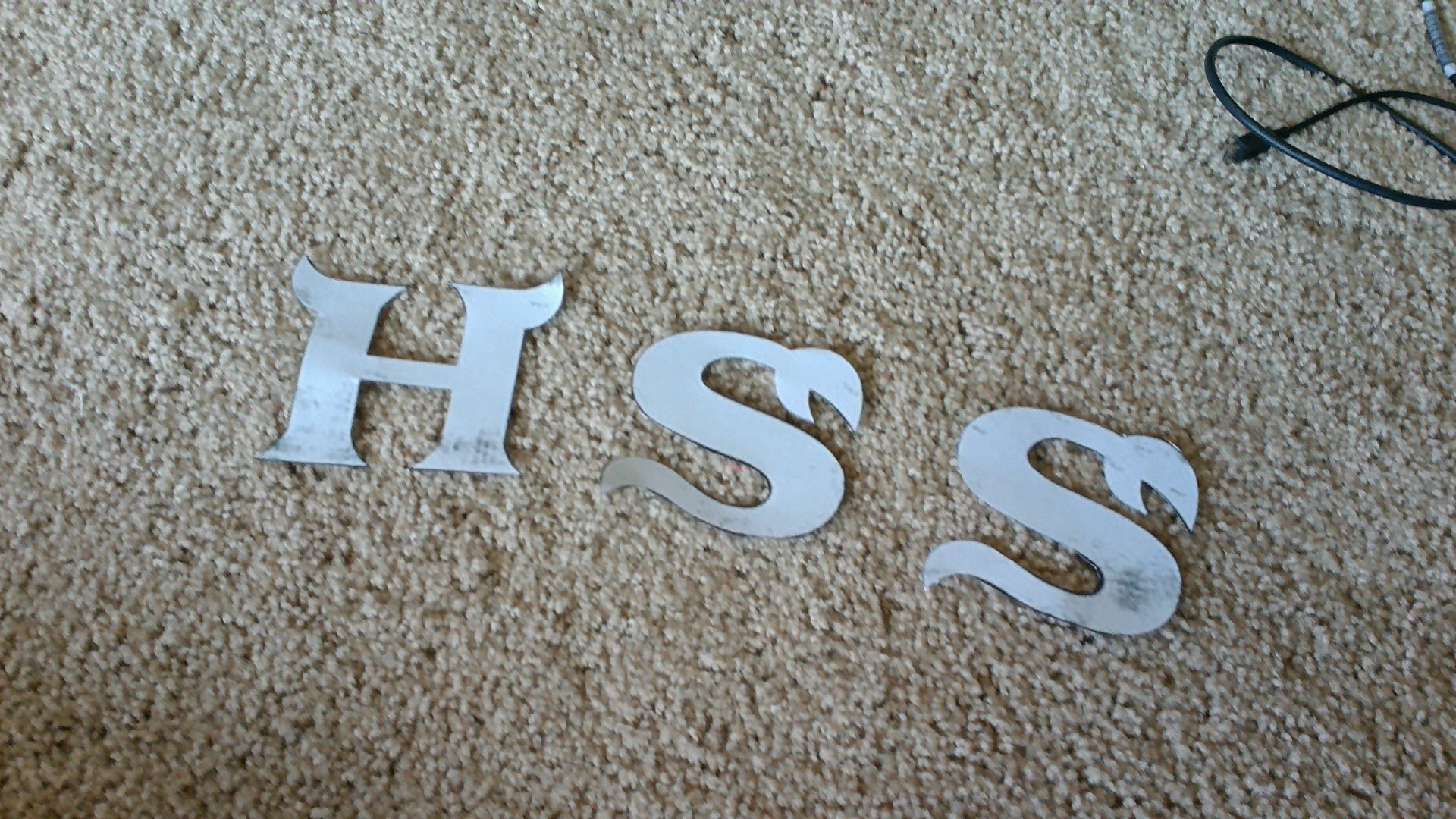
When printing your templates, you're going to want to make sure they print out at the size you want. You don't need any fancy software to do this! The easiest way I've found to do this is right in Microsoft Paint. Enable the rulers on the "view" tab and make sure your units are set to inches under preferences. Use the scale option to tweak the size. As long as you print at 100% and not "Fit to Page" you'll have your templates print at the size you expect.
Once you've printed them out go ahead and cut out your patterns. Make sure you're not using your fabric scissors for this! Using fabric scissors to cut paper will dull them very quickly and you'll regret every minute of it when trying to cut fabric.
Cut Out Your Fabric
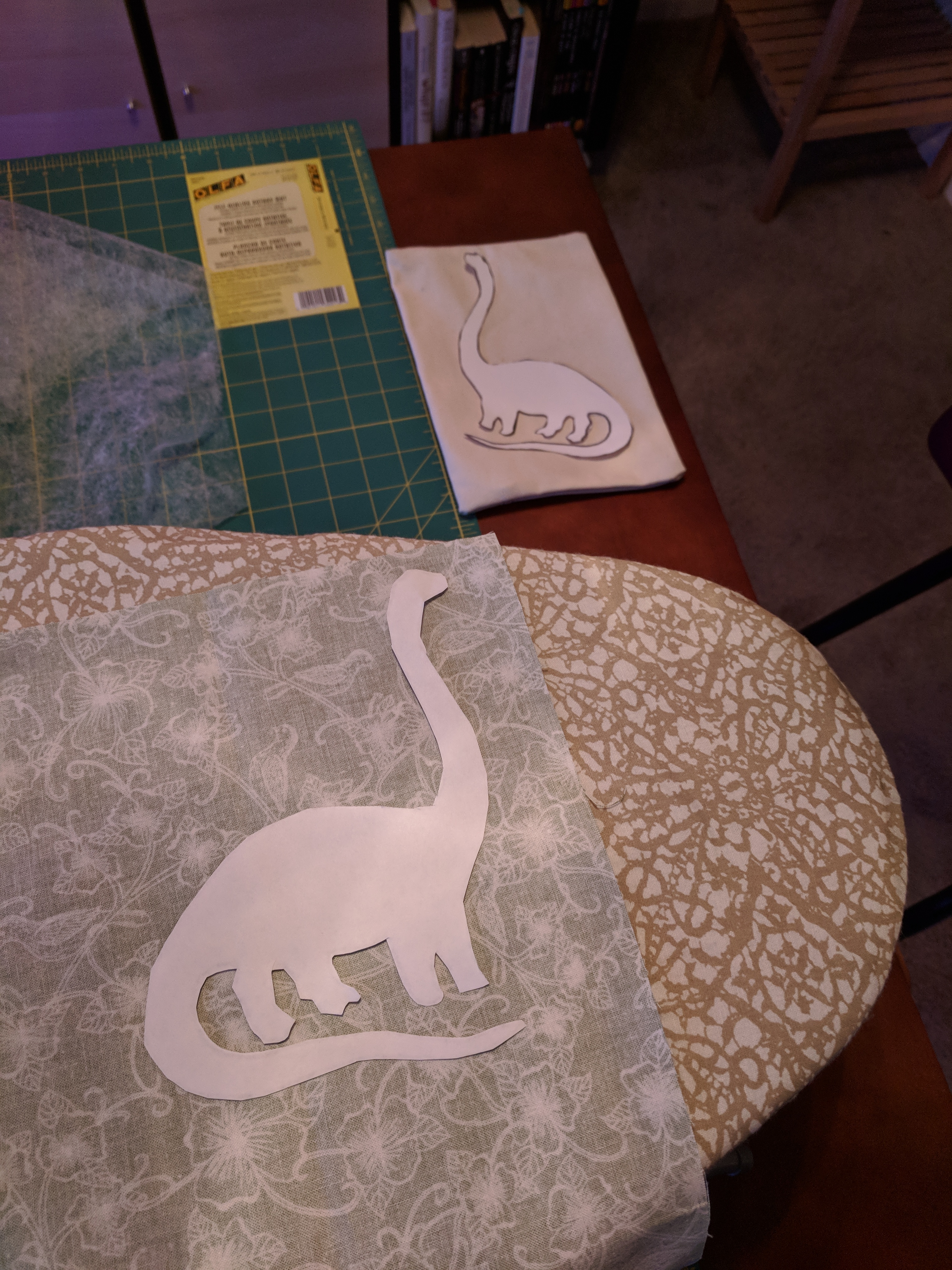
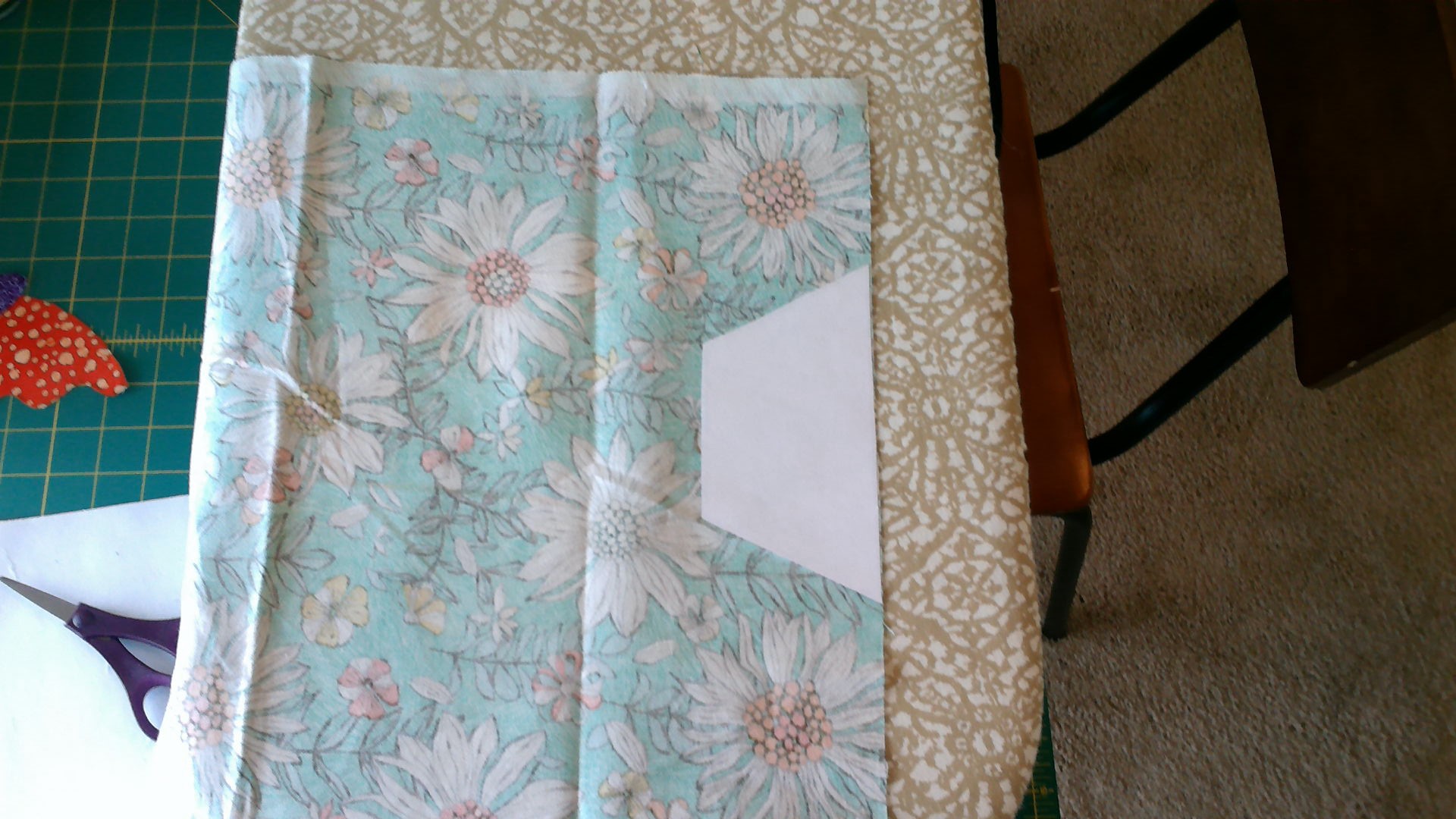
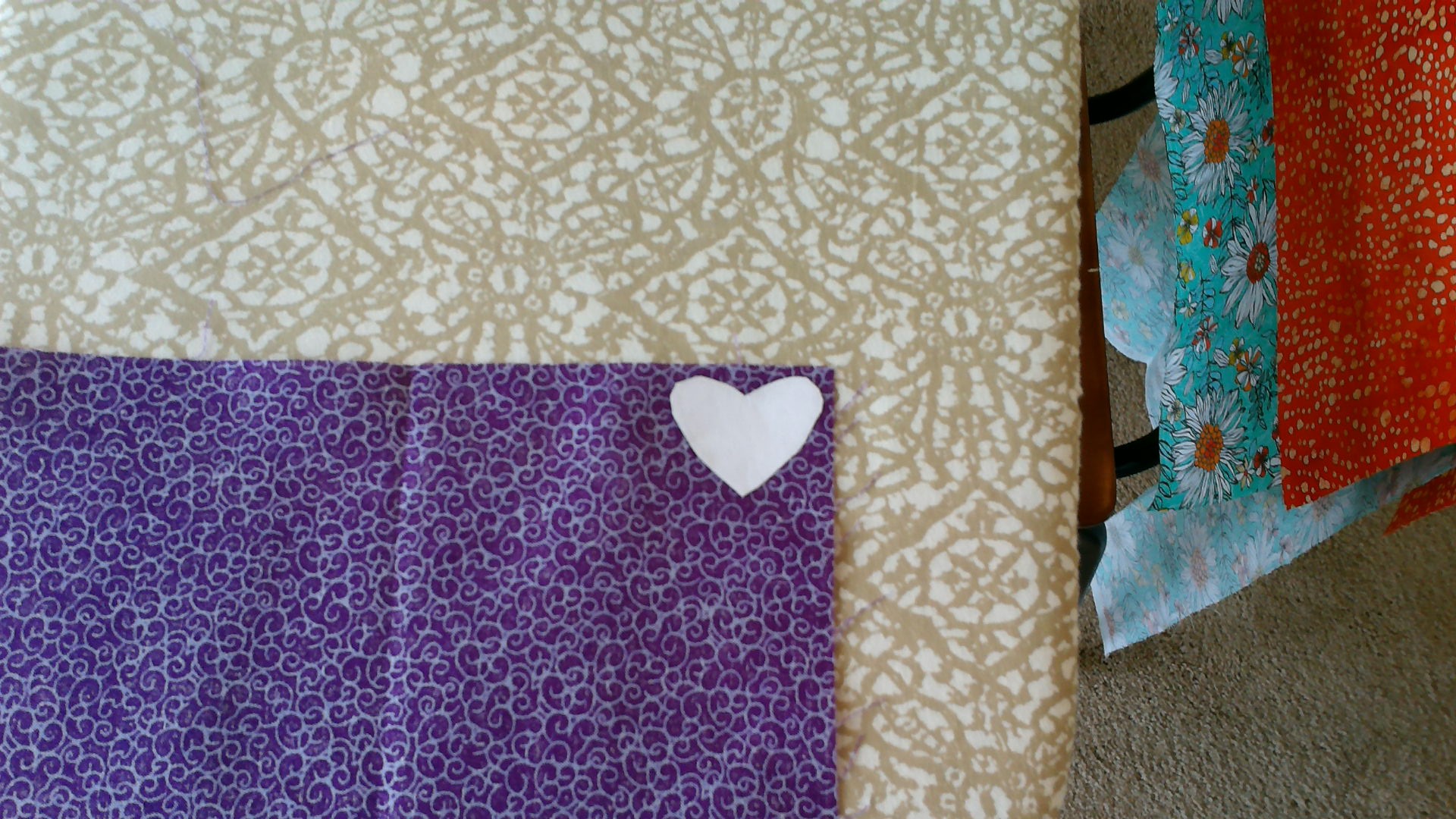
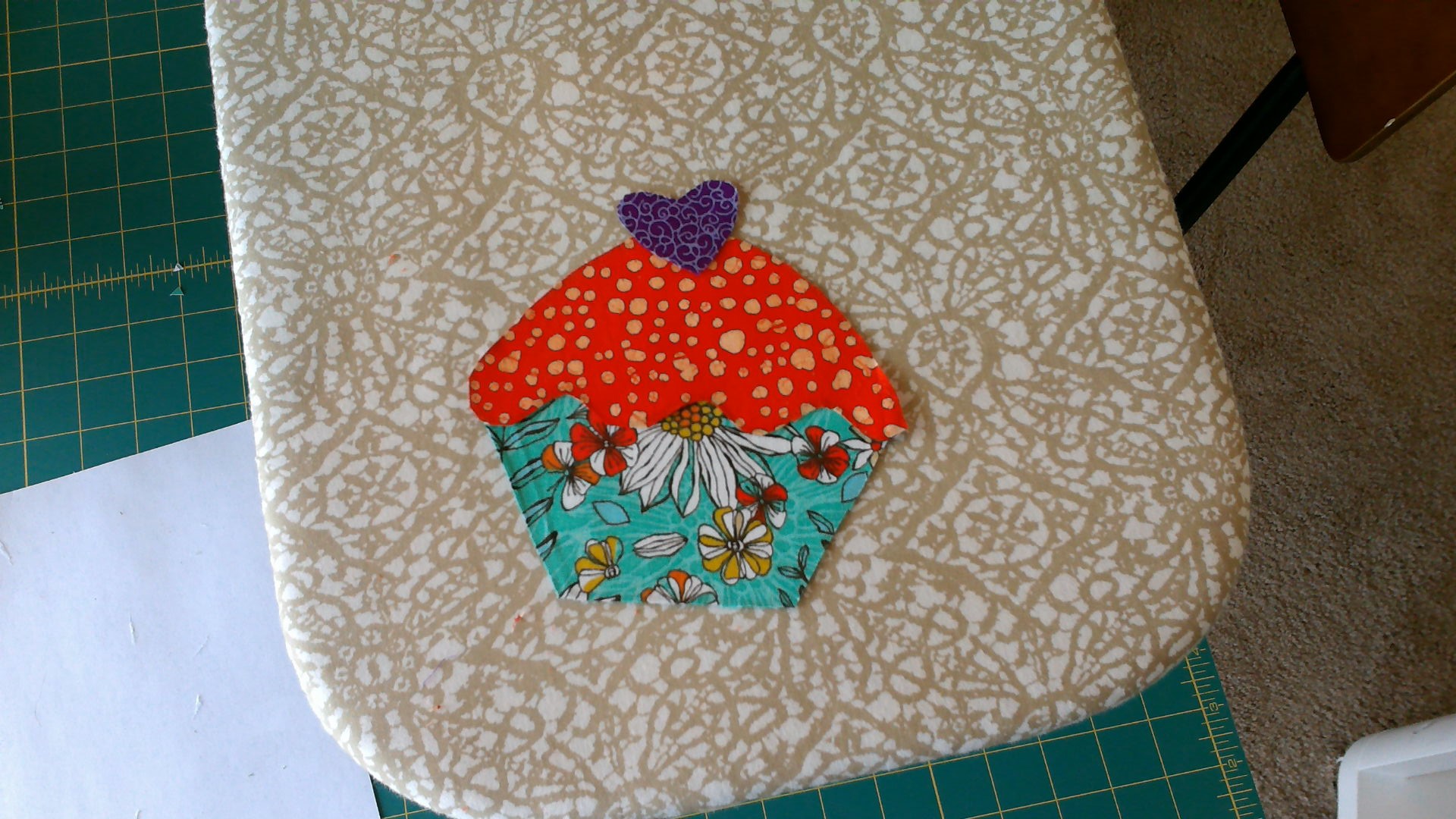
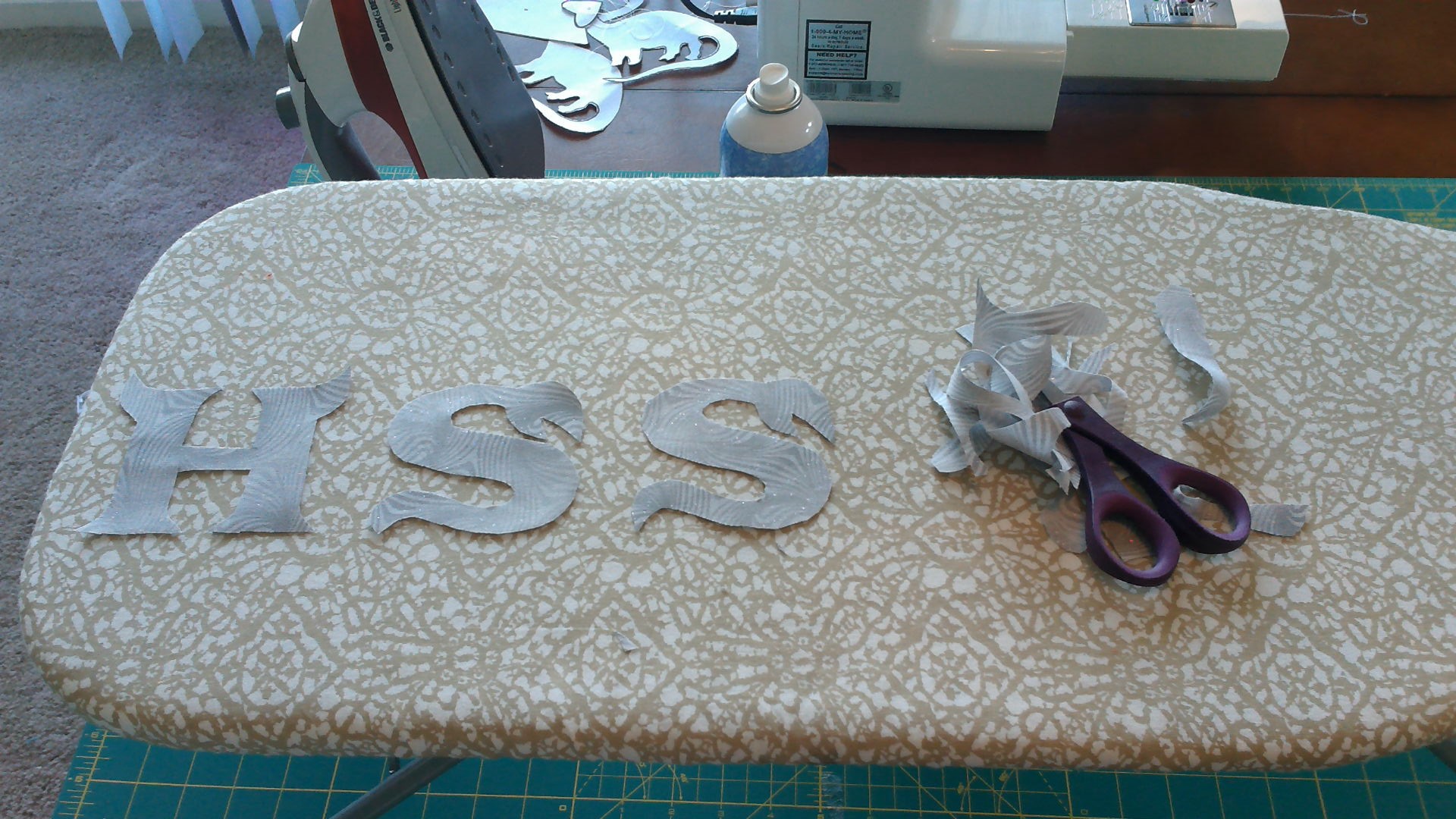
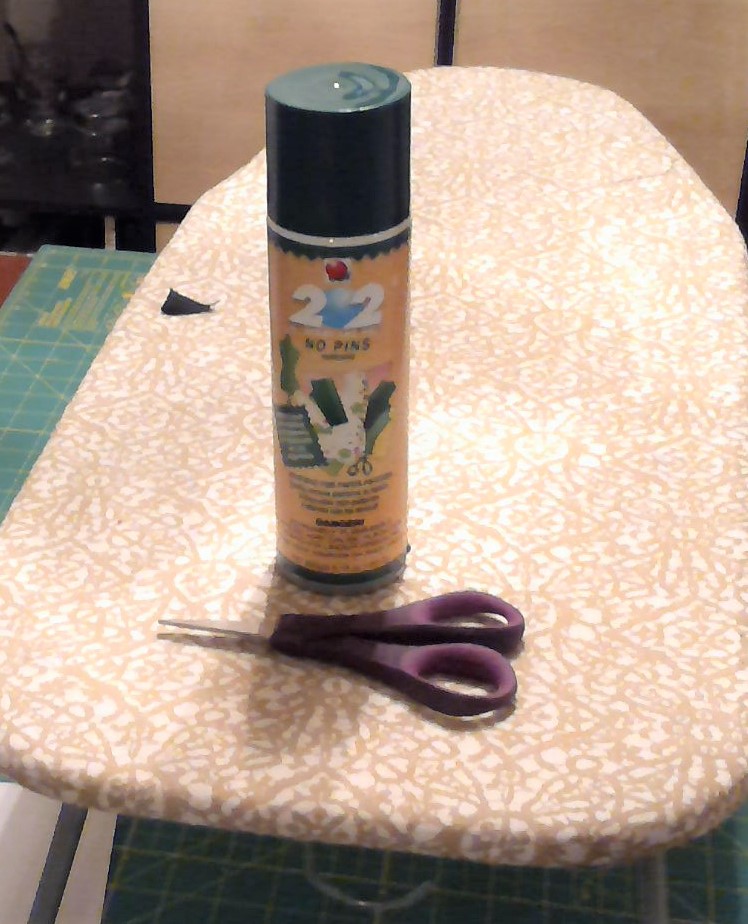
Next it is time to cut out your fabric! Make sure to iron out any wrinkles first!
Here is where the No-Pin adhesive comes in super handy. A quick spray on your paper pattern before smoothing it out on the wrong side of your fabric will keep it in place for easy cutting without any pesky pins. You don't have to worry about tearing your patterns and it peels away easily when you're ready. If any residue does get left behind, which I honestly haven't noticed on the fabric, it washes away.
Make sure you keep orientation in mind when sticking down your patterns. For example, I had to make sure my dinosaur was facing the right way and for letters you need to make sure they're facing the right direction once you cut them out.
I like tiny fabric scissors for jobs like these, if you have them. It makes cutting out the little details much less frustrating.
Cut Out Your Interfacing
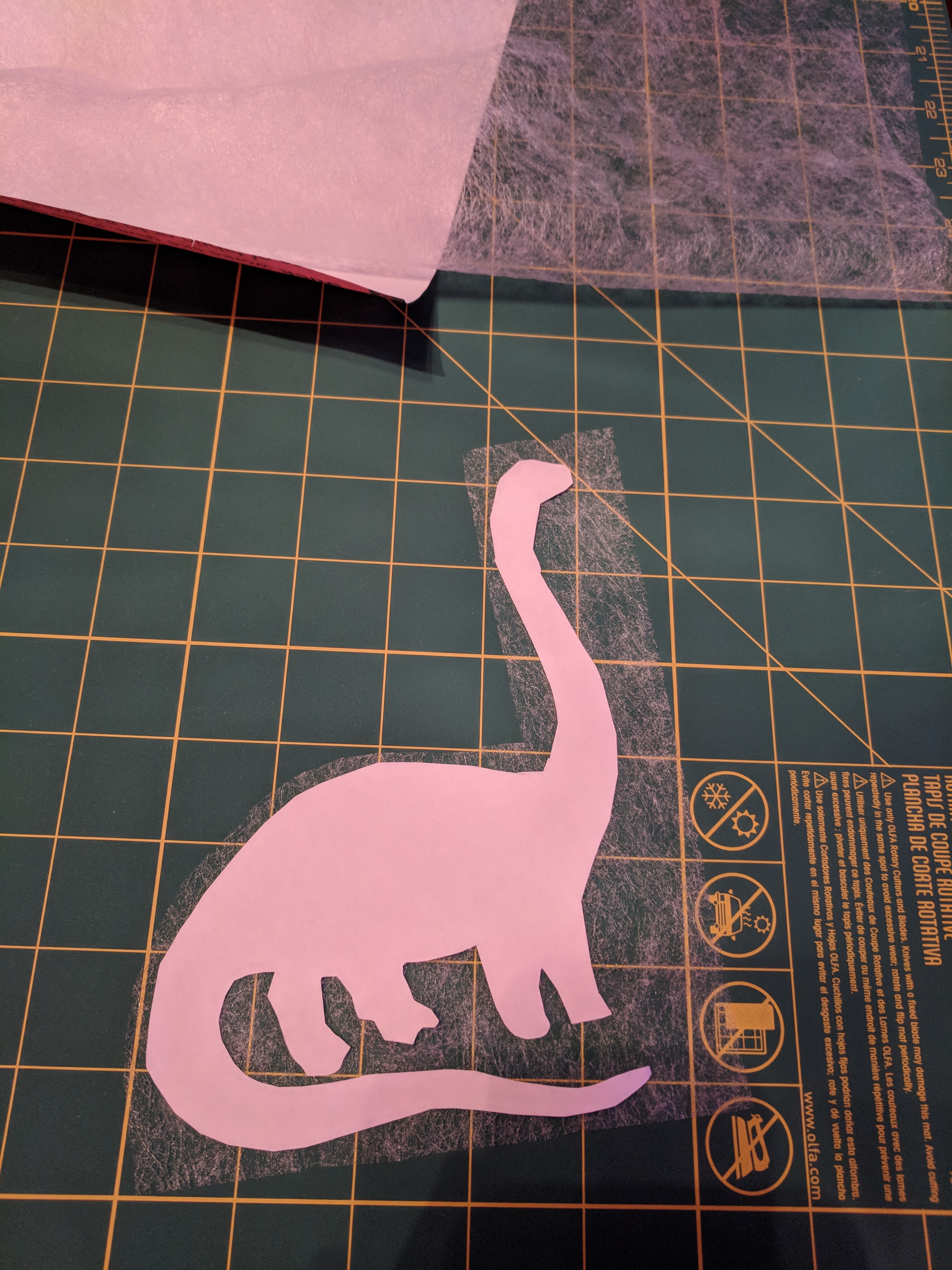
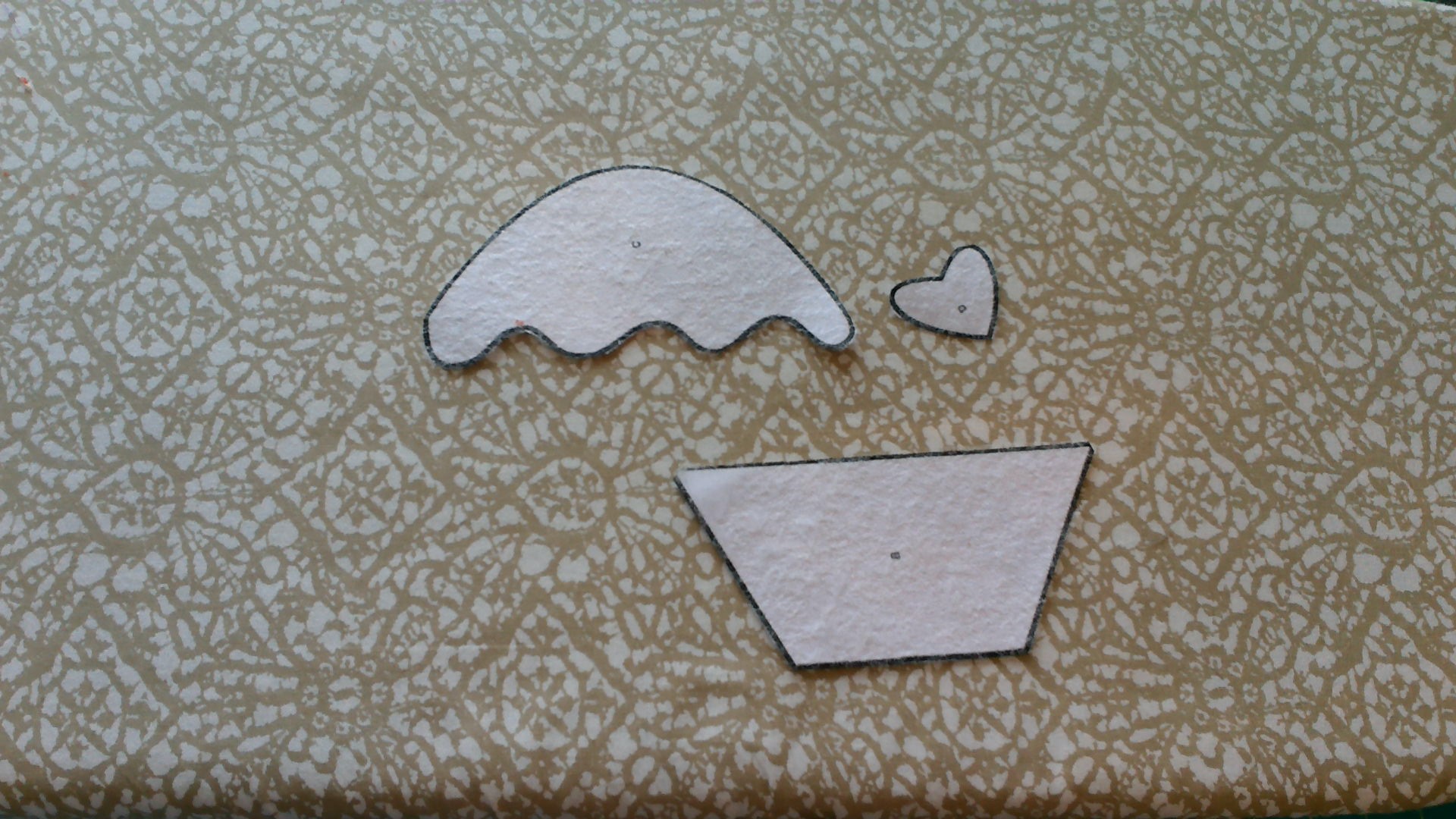.jpg)
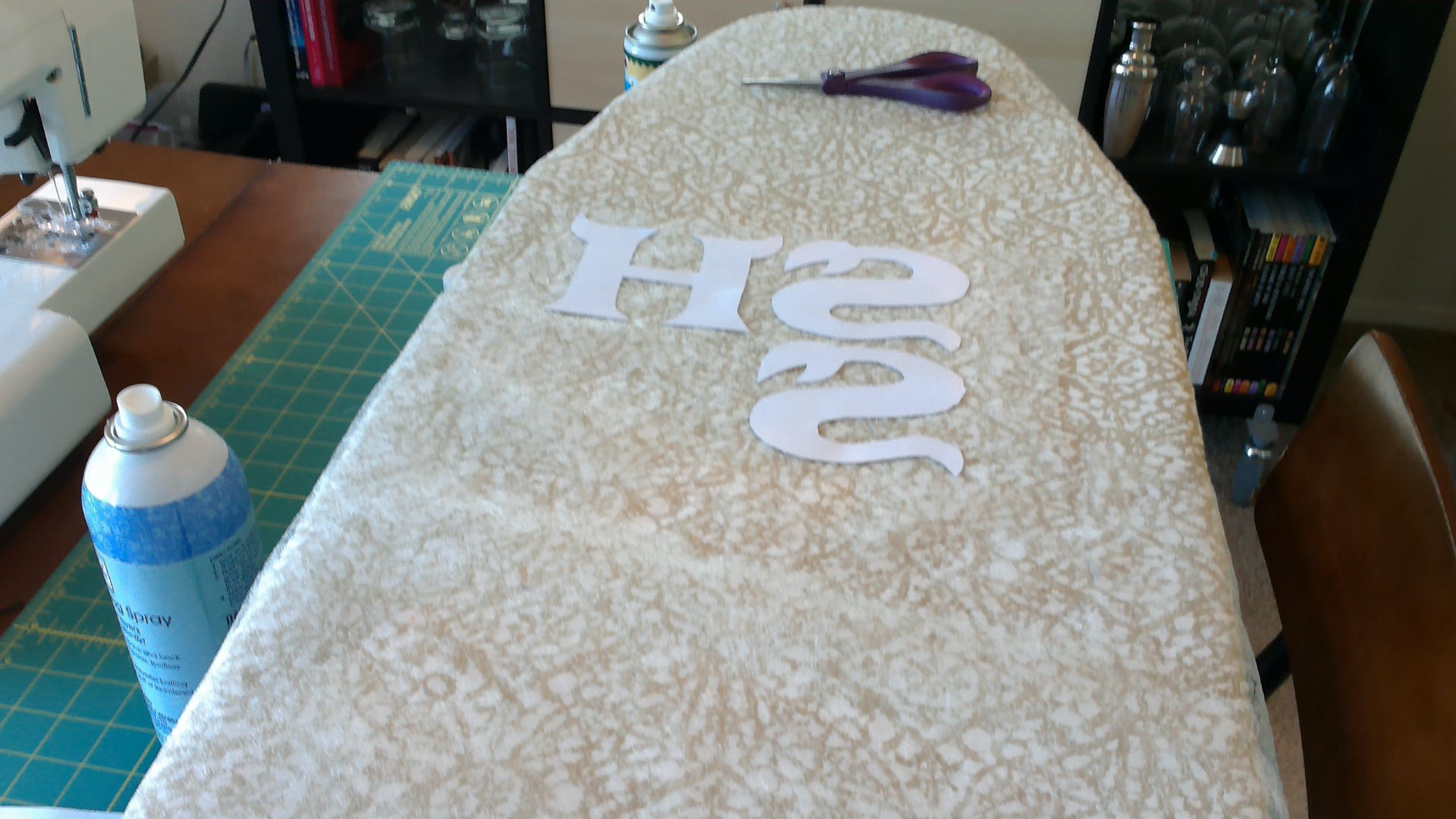
Same thing as the last step, but now with interfacing. Orientation doesn't matter here, as this is two-sided interfacing with no patterns or anything to worry about.
Use your no-pin spray to stick down your paper patterns and cut out your interfacing. Don't iron it first or you'll just have a sticky mess. Also, be careful when taking your paper patterns off your trimmed interfacing, particularly in small corners. You can pull the weave apart very easily.
Put the Fabric and the Interfacing Together
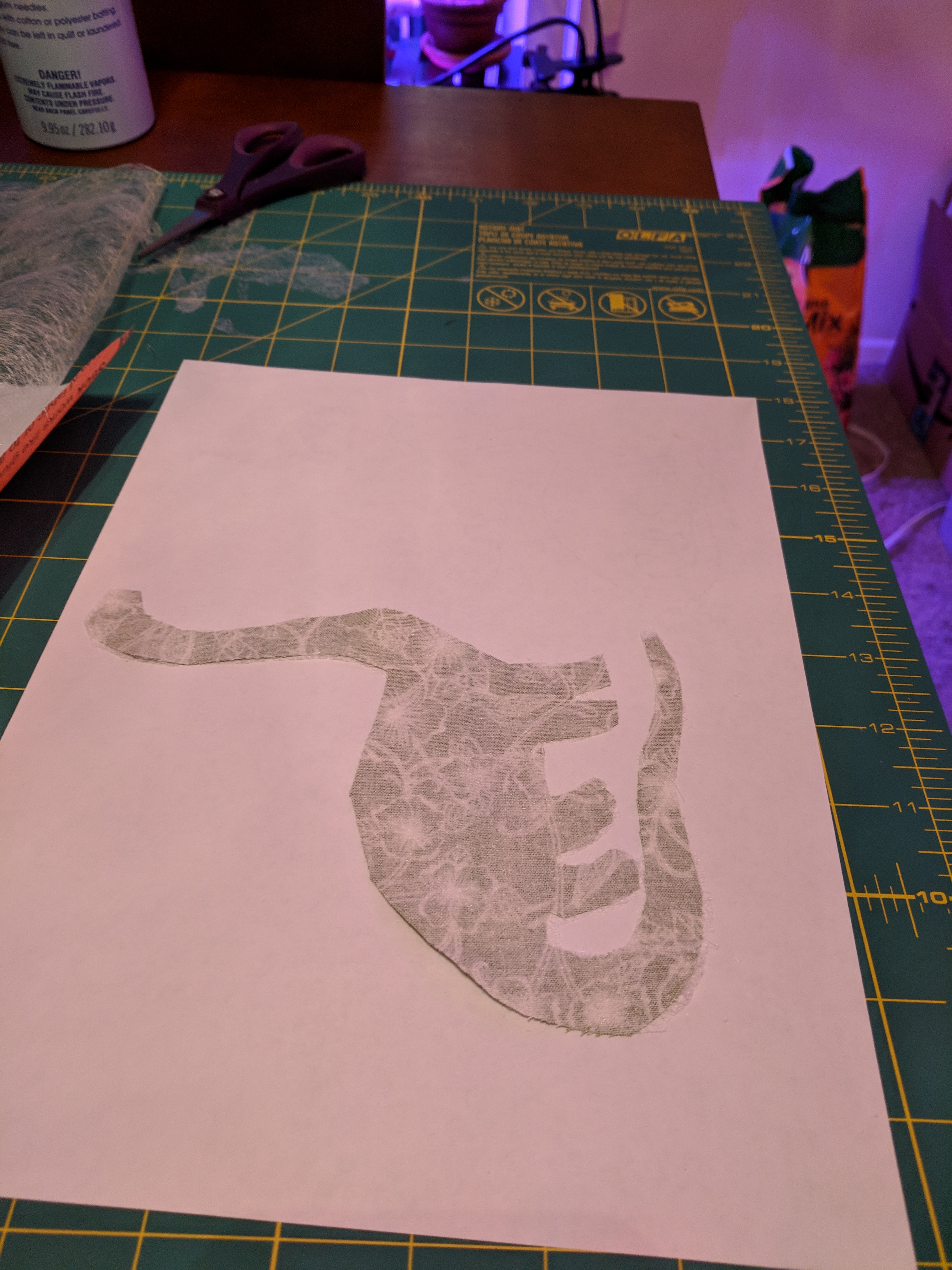
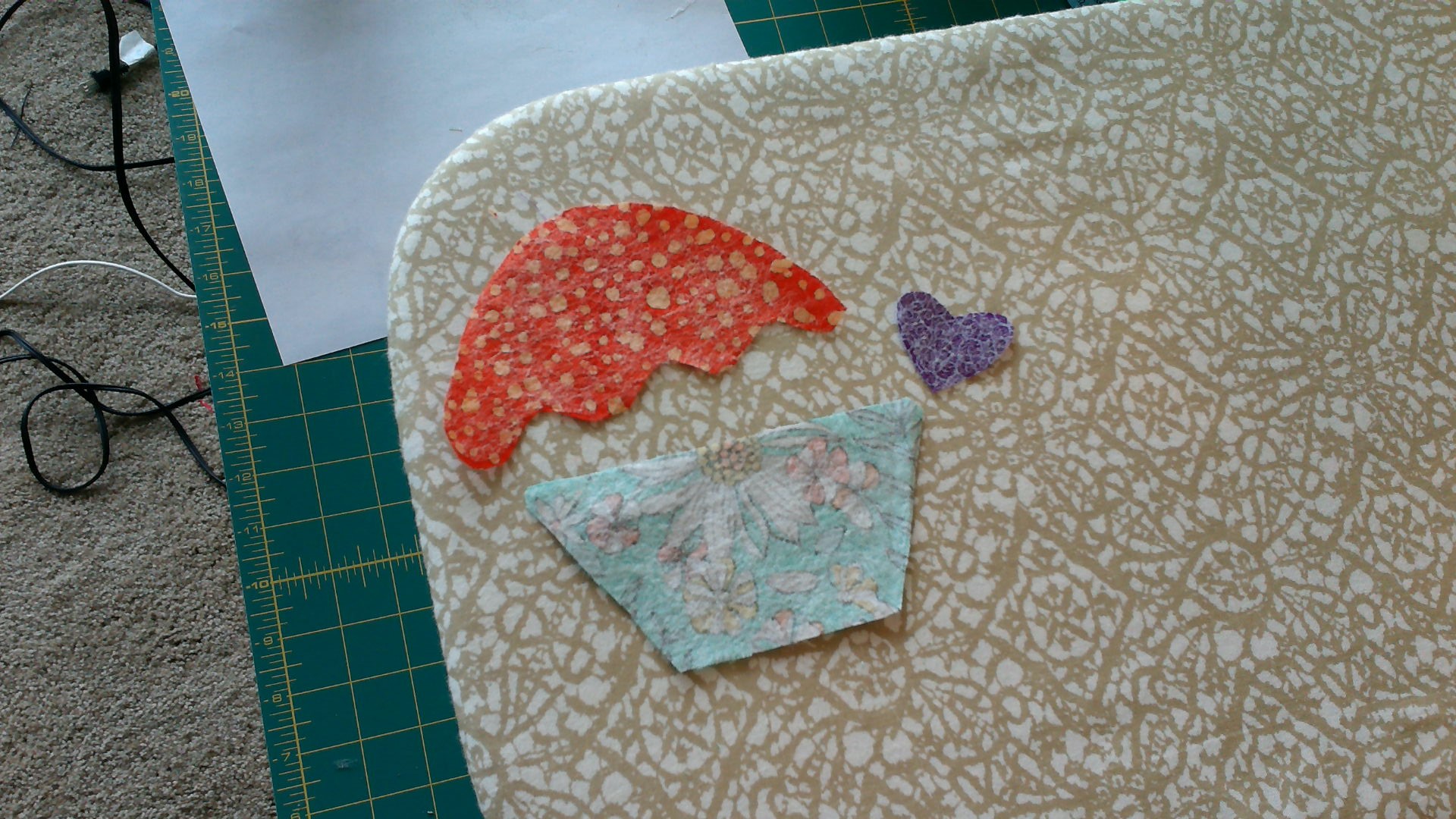
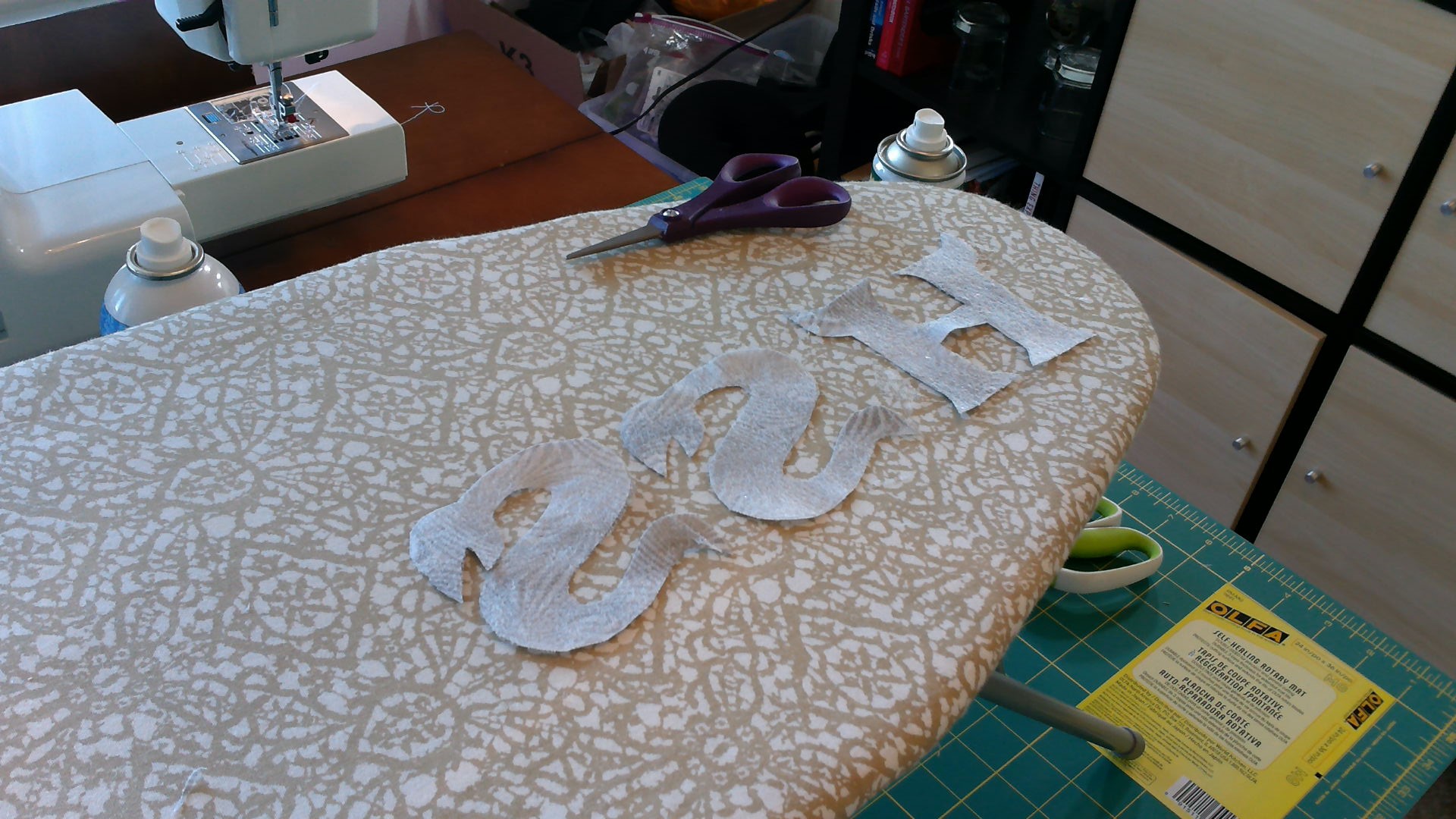
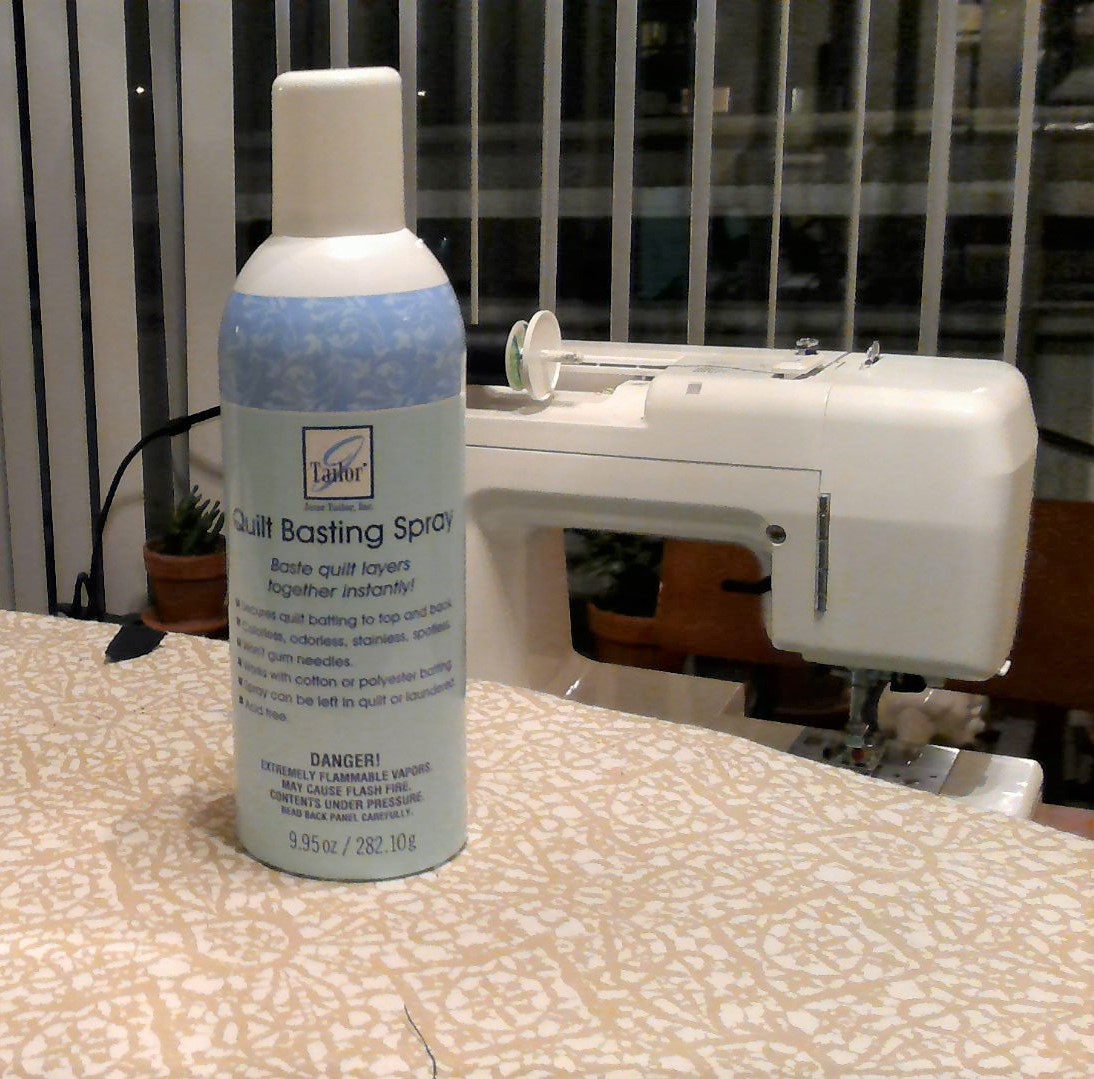.jpg)
Next we're going to break out the quilt basting spray. This is another temporary adhesive, but this time to stick fabric to fabric.
Give the wrong side of your fabric a light spray of the basting spray and then lay down the interfacing on top. I suggest doing this on a piece of paper or something else disposable as it can get a little sticky, but it will go away with a quick wipe down. Once again, be careful of the weave of the interfacing on small parts so that you don't pull it apart.
Once they're stuck together, take the time to trim the interfacing so that it doesn't peek out over the edges of your fabric. You're going to want to keep things as neat as possible, or you'll just end up with some sticky residue on your iron.
Line Things Up and Iron Them On
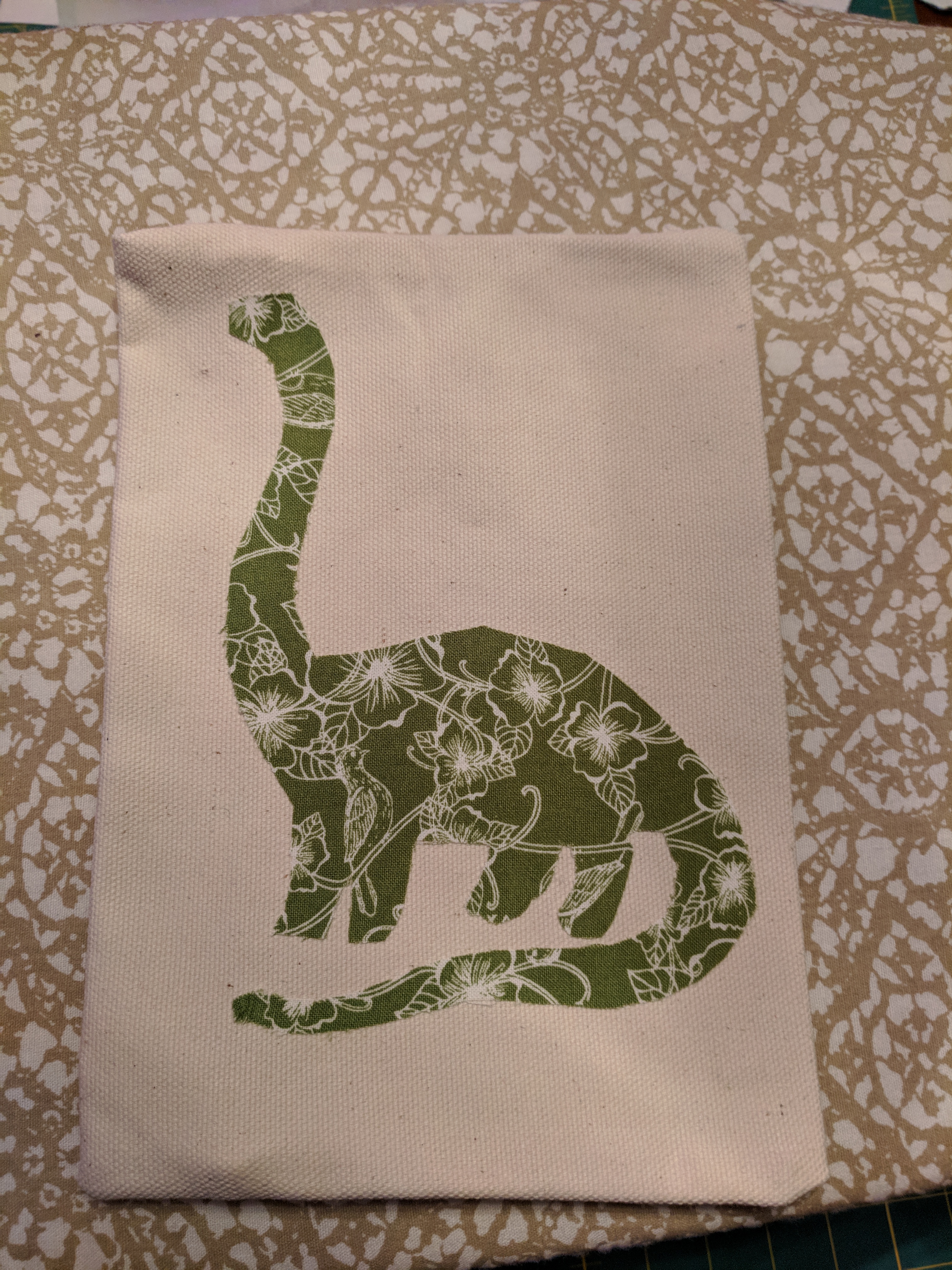
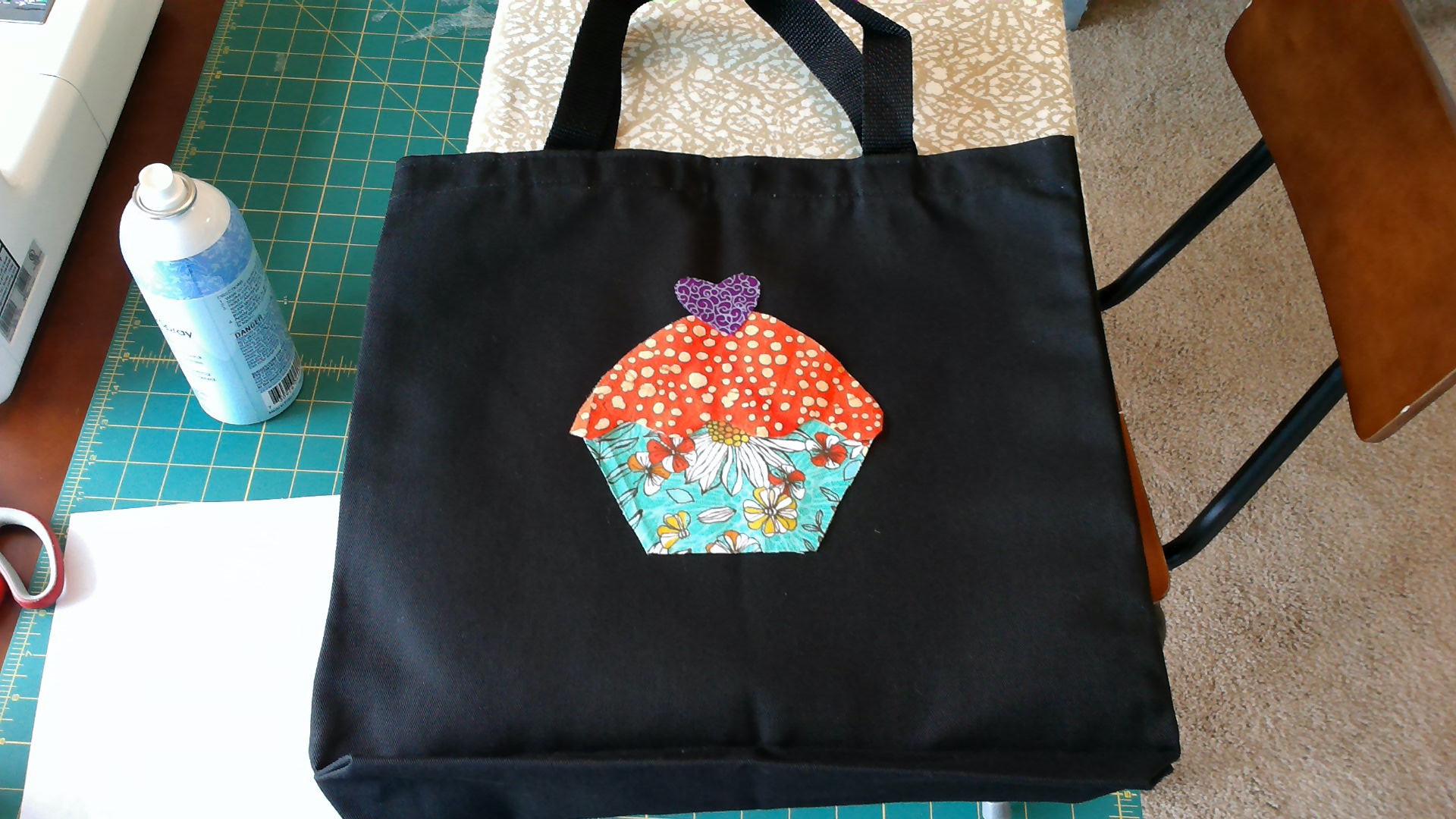
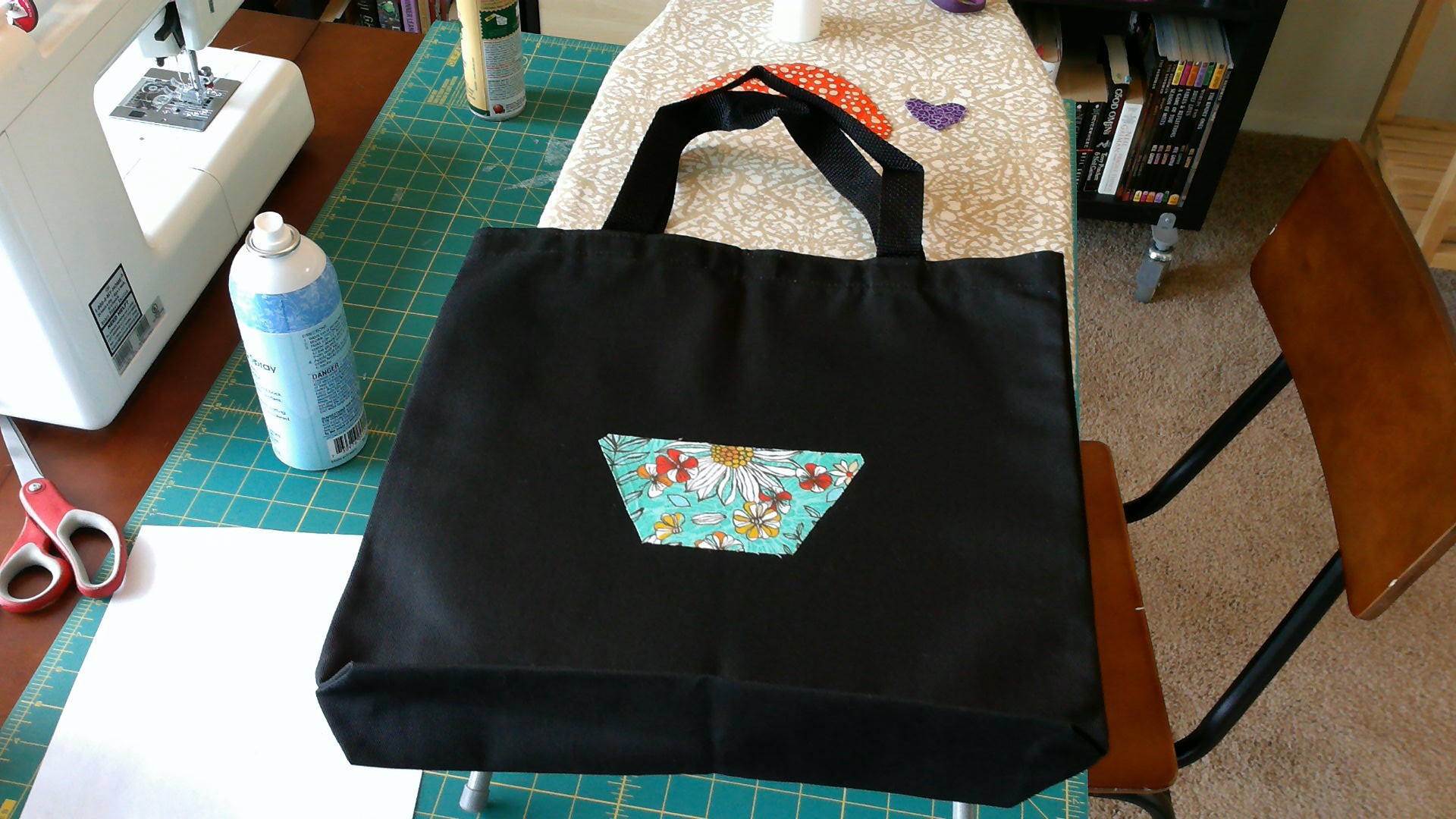
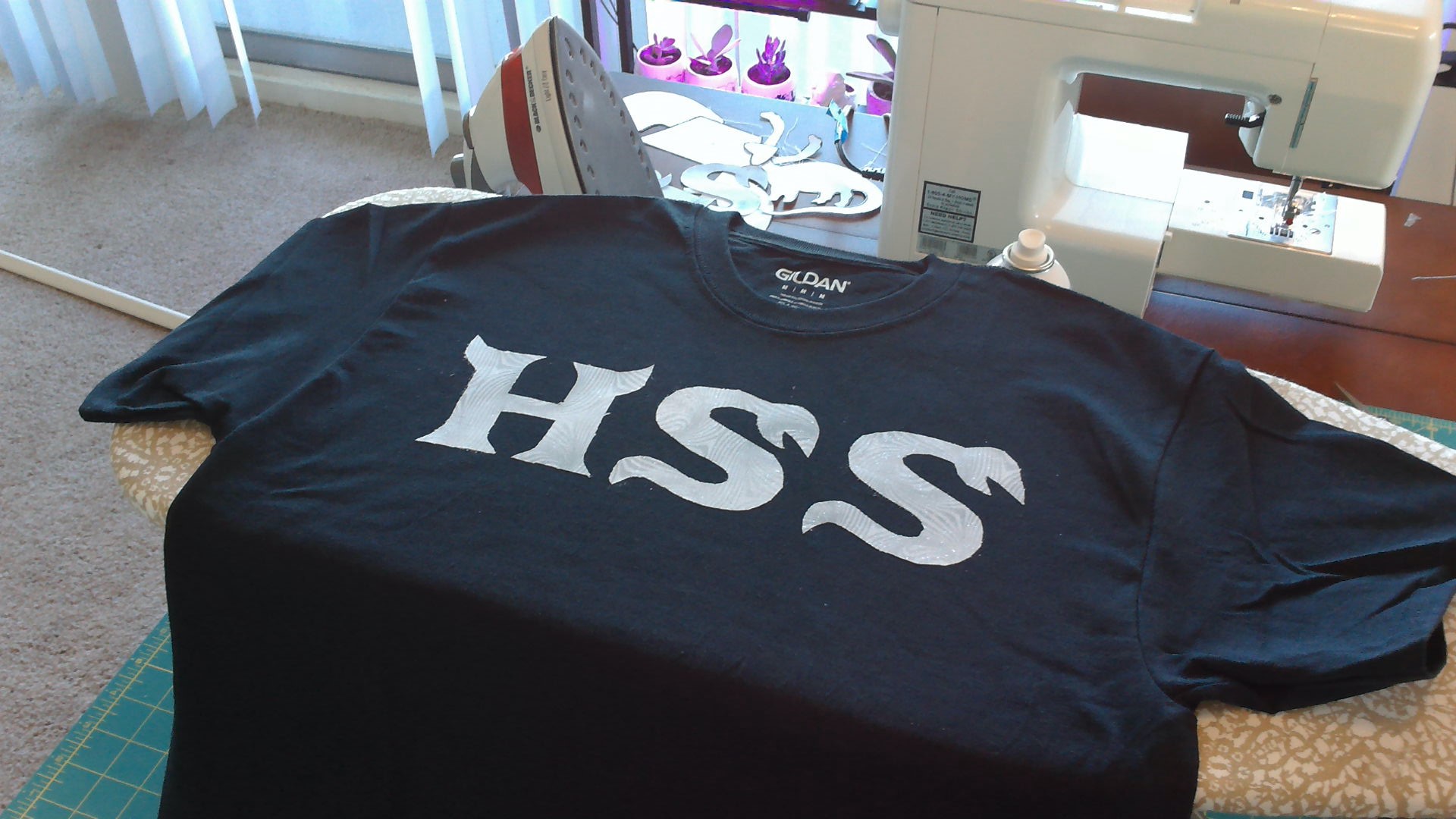
Next we're going to position our applique and stick them down for good.
You may want to use another spritz of basting spray to stick down your appliques, particularly for things like Greek letters. Sometimes there might be enough stick left from putting on the interfacing that you don't need any more.
For single layer applique like our dinosaur and our letters, you can go ahead and iron them down following the manufacturers instructions for your interfacing. Personally I usually use a hot iron with no steam, but make sure to check! Be careful too that none of the fabric you're using will melt under a hot iron. That is not a fun experience.
For multi-layer applique like the cupcake, you can go ahead and test place all of your layers but only iron down the bottom layer.
But now you're probably like "Wait! If we have basting spray to stick things together while we work, why are we bothering with interfacing?" The truth is that while basting spray is great, it won't stand up to some more aggressive wrinkling like what might be seen while trying to stitch these down. Take a look at the next step for an example.
Stitching!
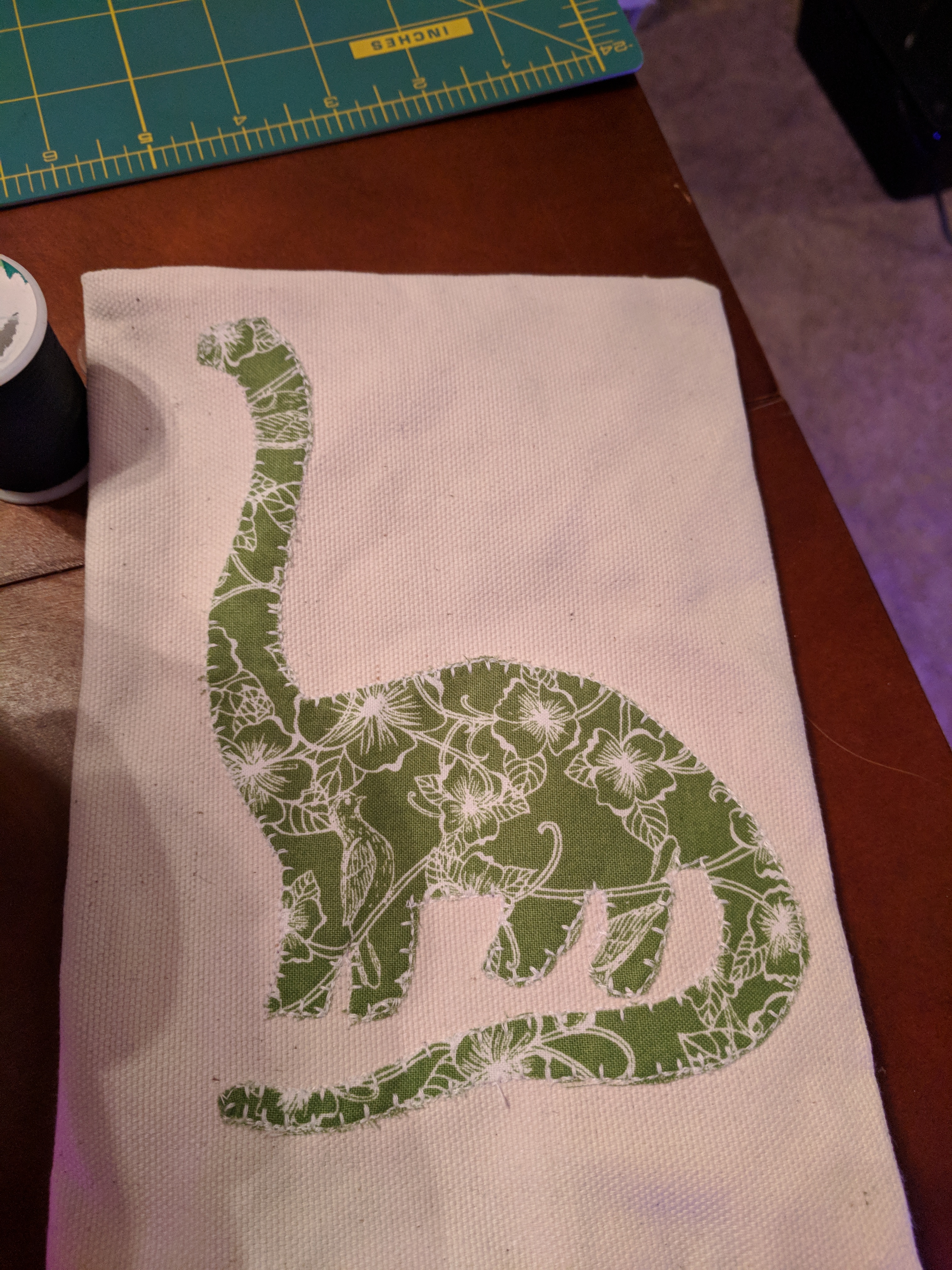
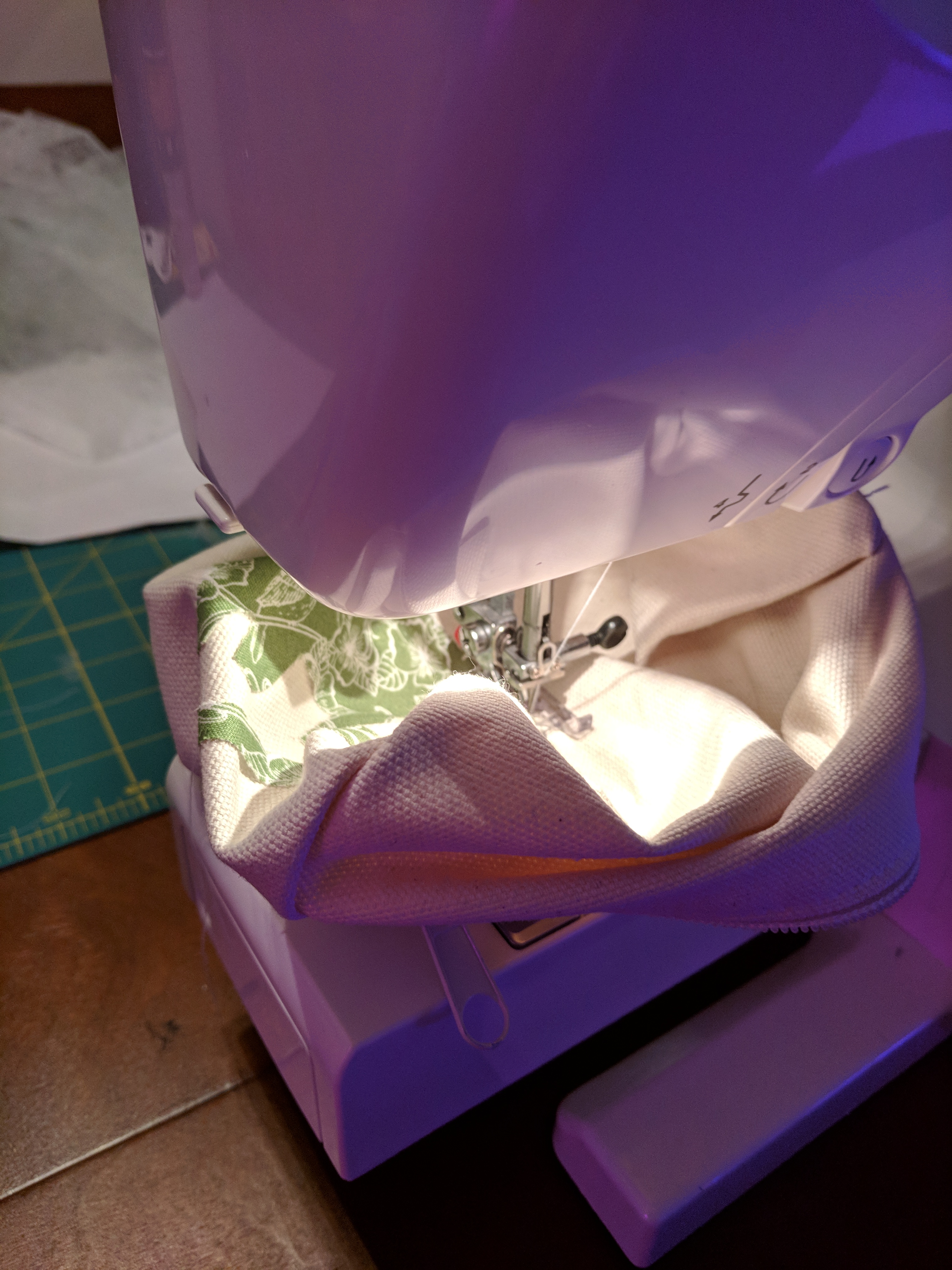
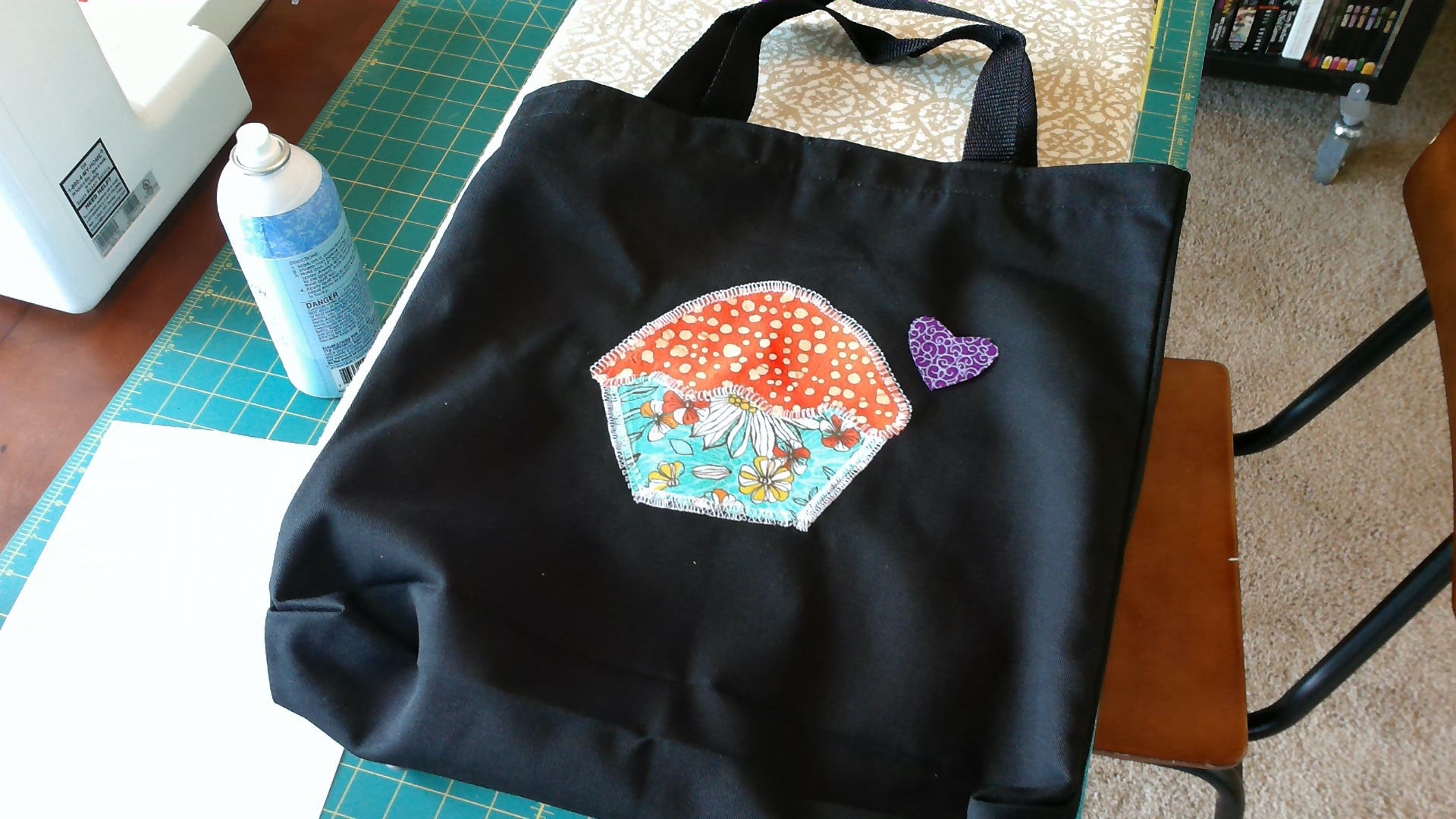
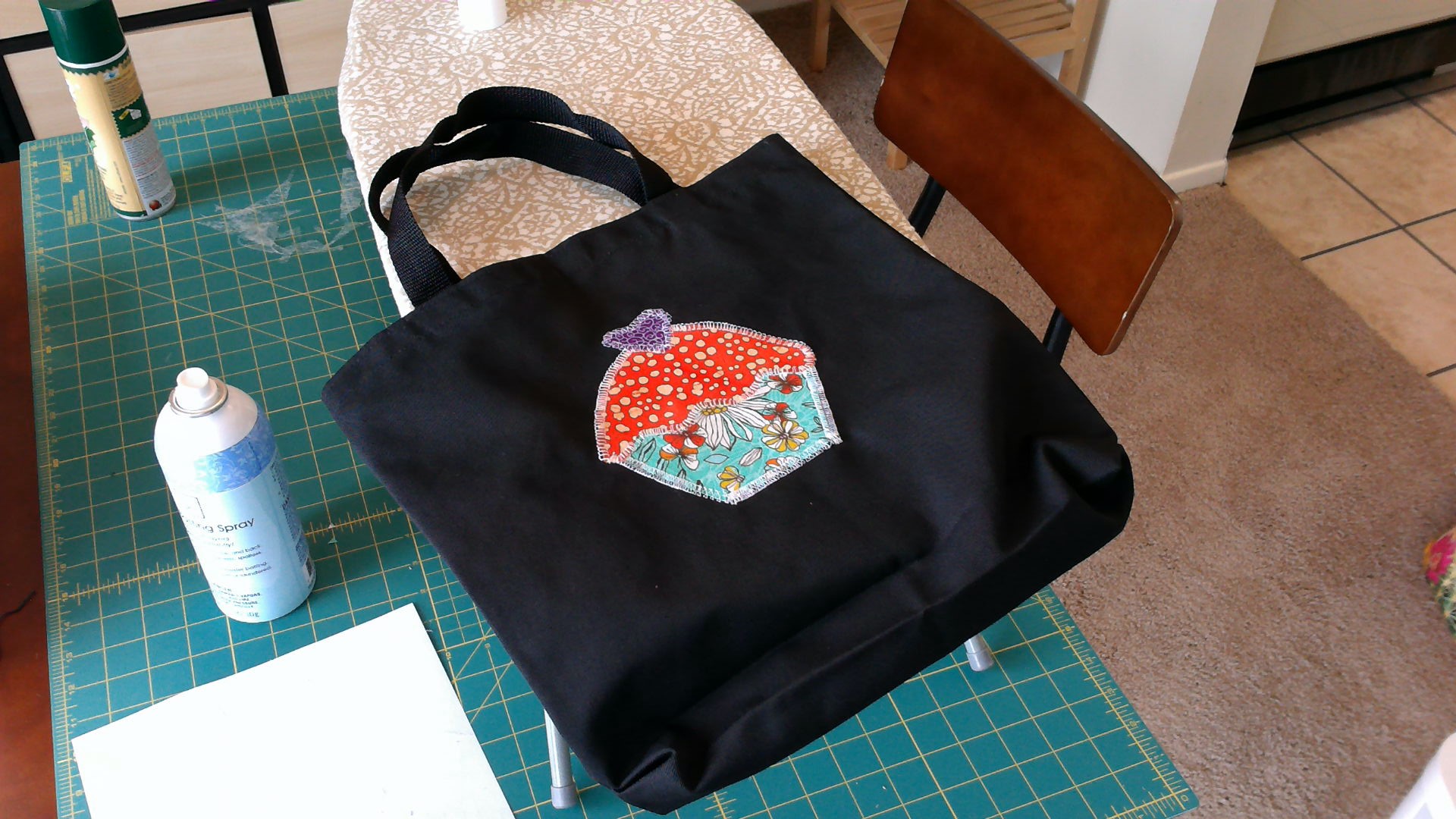
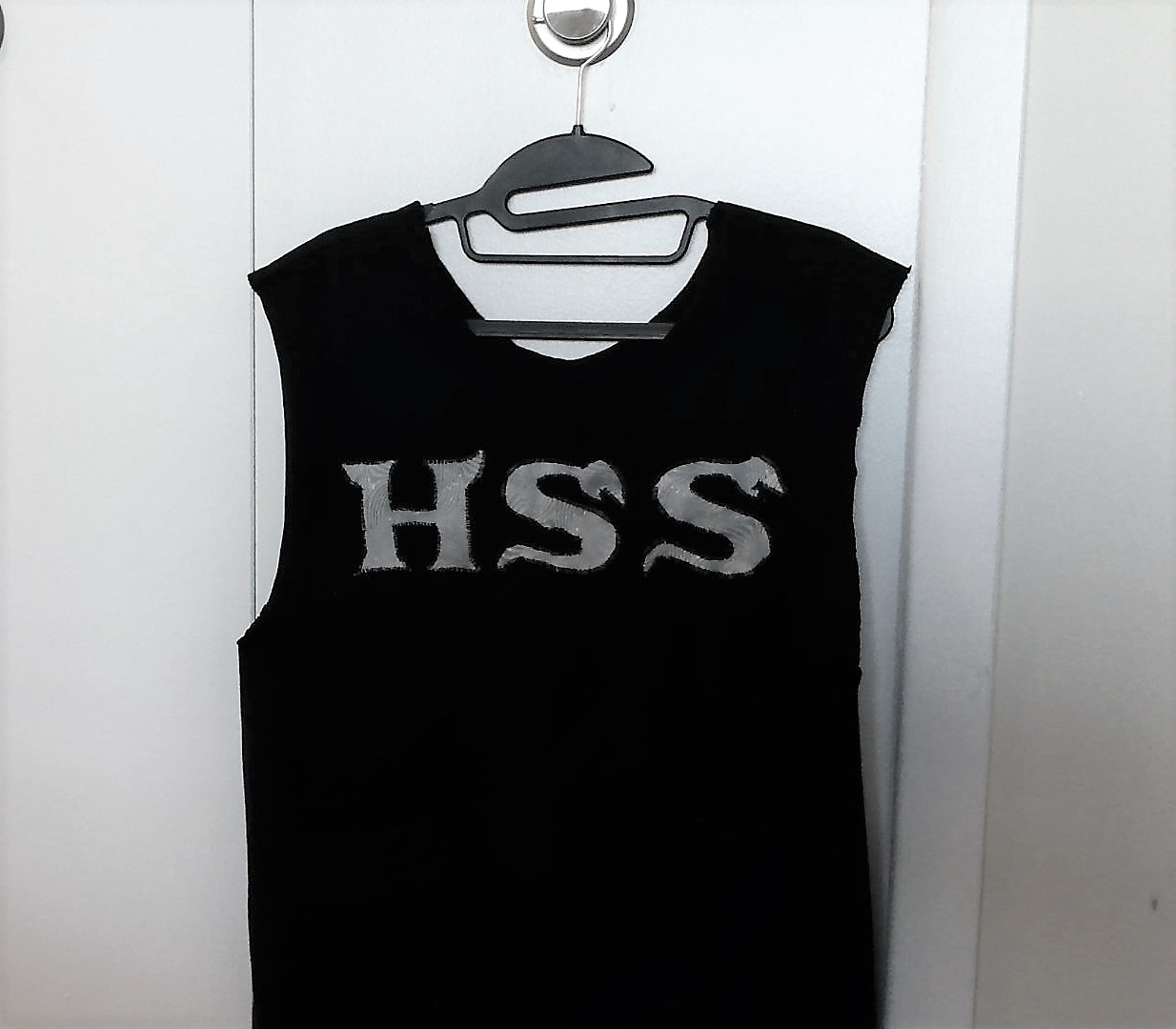
Next we're going to stitch down our applique.
Modern sewing machines generally come with a bunch of different decorative stitches, and you can play with all of them to decide which you like the best. I used a more traditional applique stitch with the dinosaur, tried a few different decorative stitches with the cupcake, and used just a tight zigzag stitch for the Greek letters.
Admittedly, I ran into some weird sewing machine issues after I finished the dinosaur. I was having all sorts of tension problems and some unhappy sounds. I think my sewing machine is telling me its time for a tune-up. Still, my recommendation is to go really really slow, especially your first time doing applique. If your machine has the option, set it to stop with the needle down, as that helps with making tight corners.
Complete!

That's it! You've done your first applique with absolutely no pins involved.
Now go out into the world and stick bright colored fabric on all the things!
If you enjoyed this tutorial, I'd appreciate your vote in the "Stick It!" Contest!